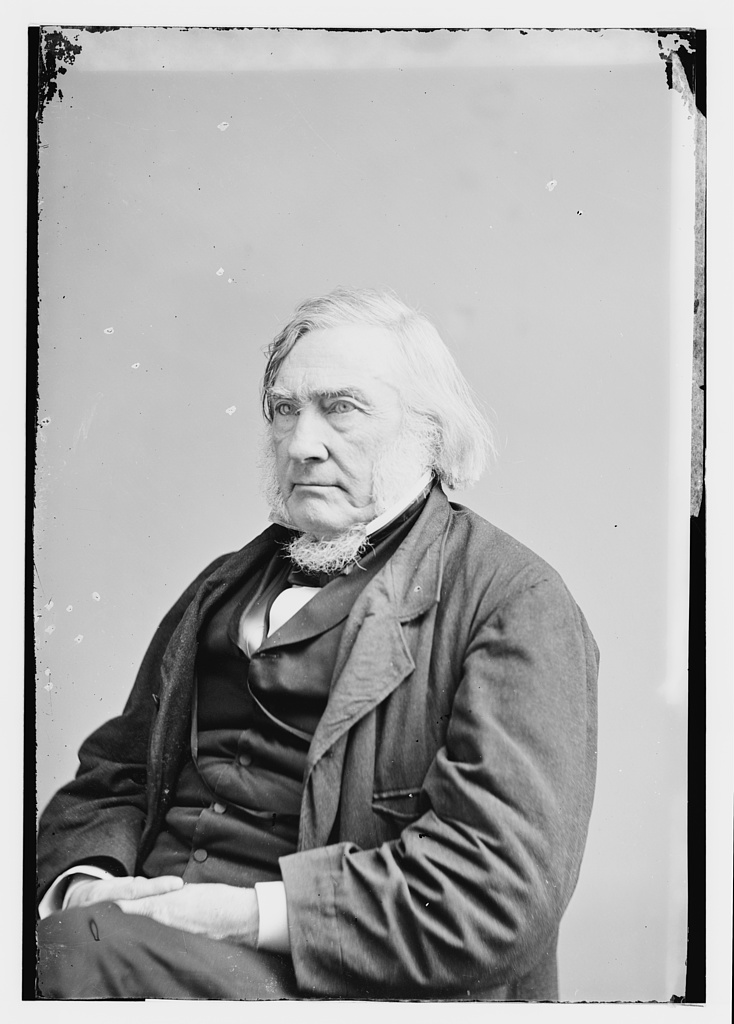1792-1873
Associate Justice of the New York Supreme Court of Judicature, 1831-1837
Chief Justice, 1837-1845
Associate Justice of the Supreme Court of the United States, 1845-1872
Samuel Nelson was born on November 10, 1792 in Hebron, Washington County, New York. He was educated at the Granville Academy and then attended Middlebury College, Vermont. Upon his graduation in 1813, he studied law in the office of Savage & Woods in Salem, New York. Admitted to the bar in January 1817, he established a law office in the village of Cortland. He was a delegate to the 1821 convention that drafted the State’s second Constitution, and was a strong supporter of expanding the right to vote.
In 1823, Governor Joseph Yates appointed Nelson Circuit Judge of the Sixth Circuit, a position he held for eight years and in which he earned “a sterling reputation as a lawyer and a judge.” His decisions were rarely appealed, and he was considered a leading authority in admiralty and maritime law.
In February 1831, he was appointed an Associate Justice of the New York Supreme Court of Judicature and, in August 1837, he became Chief Justice of that Court, a position that he held until 1845 when President John Tyler appointed him an Associate Justice of the Supreme Court of the United States. During his years on the Supreme Court of Judicature, he was involved in many landmark cases, including Jack v. Martin, People v. McLeod and Wilson v. Mackenzie.
In 1857, while a Justice of the Supreme Court of the United States, Justice Nelson concurred in the decision of Chief Justice Taney in Dred Scott, stating that if Congress possessed power under the Constitution to abolish slavery, “it must necessarily possess the like power to establish it.” President Ulysses S. Grant named Nelson to the Alabama Claims Commission, set up in 1871 to recover damages from Great Britain for assistance given to the Confederate cause during the American Civil War.
Samuel Nelson moved to Cooperstown, NY in 1826, and although much of his time was spent elsewhere due to his judicial responsibilities, he always returned to his estate on Lake Road in summer. The office that he used while there is preserved by the Farmers’ Museum in Cooperstown.
Samuel Nelson retired from the Supreme Court of the United States on November 28, 1872 and died at his home in Cooperstown on December 13, 1873. As a tribute to his memory, members of the New York bar commissioned a portrait of Justice Nelson and presented it to the New York Court of Appeals in November 1883.
Sources
“Obituary.” 8 Albany Law Journal 399 (1874).
“Samuel Nelson’s Office.” http://www.farmersmuseum.org/node/1157
“Presentation of Justice Nelson’s Portrait to the Court of Appeals.” 28 Albany Law Journal 419 (1884).

